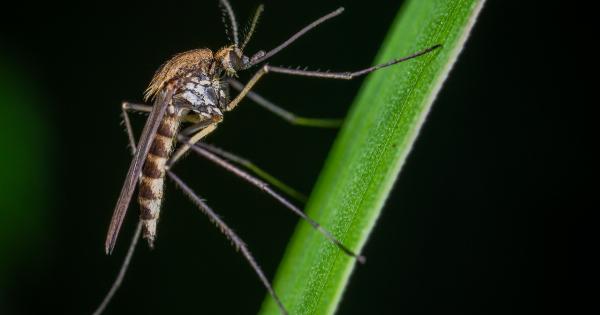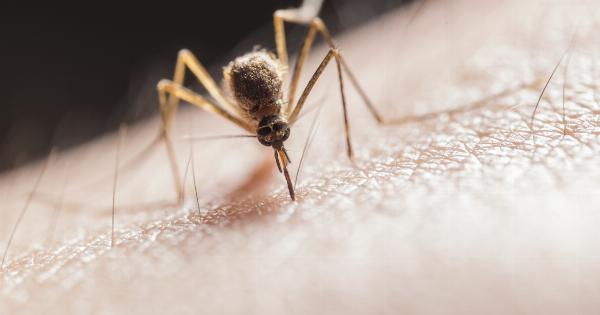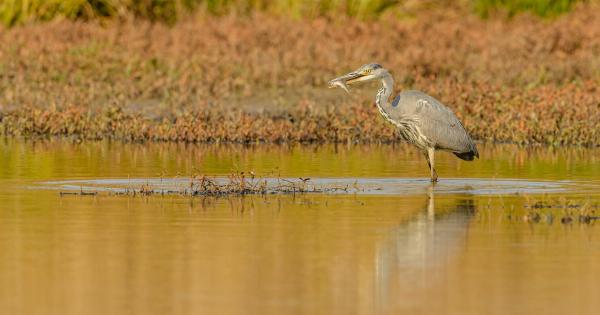Mosquitoes are annoying insects that not only cause discomfort but also pose a significant health risk due to the diseases they carry.
Effective mosquito management is essential to reduce their population and minimize the potential health hazards they present. In this article, we will discuss the core measures that can be taken to manage mosquitoes effectively.
1. Source Reduction
One of the primary strategies for mosquito control is source reduction. This involves eliminating or reducing mosquito breeding sites.
Mosquitoes lay their eggs in standing water, so removing any stagnant water sources in and around your property will help disrupt their lifecycle. Emptying and cleaning birdbaths, flowerpot saucers, and outdoor containers regularly can significantly reduce mosquito populations.
2. Larvicides
Larvicides are chemical agents specifically designed to kill mosquito larvae. These products are applied to standing water where mosquitoes breed, such as ponds, ditches, and other stagnant water bodies.
Larvicides are highly effective in preventing mosquito emergence by disrupting their development cycle. It is crucial to use EPA-approved larvicides and follow the manufacturer’s instructions for safe and proper use.
3. Insecticides
When adult mosquitoes are abundant and posing a significant threat, the use of insecticides may be necessary. Insecticides can be applied through fogging or spraying to control adult mosquito populations temporarily.
However, it is important to note that insecticides should be used judiciously, following label instructions, and considering potential impacts on non-target organisms and the environment. Hiring professional pest control services may be recommended for large-scale insecticide applications.
4. Biological Control
Biological control methods involve introducing natural enemies of mosquitoes to limit their population growth.
One common example is the use of certain species of fish, such as Gambusia affinis, commonly known as mosquito fish, in bodies of water where mosquitoes breed. These fish feed on mosquito larvae, preventing their development. Similarly, introducing certain species of bacteria, such as Bacillus thuringiensis var.
israelensis (Bti), into water sources can kill mosquito larvae without harming other organisms in the ecosystem.
5. Repellents
Personal protection is vital in mosquito management. Using insect repellents can provide temporary relief from mosquito bites and reduce the risk of disease transmission.
Repellents containing DEET, picaridin, oil of lemon eucalyptus, or IR3535 are effective and widely used. It is important to follow the instructions on the product label, especially when using them on children or infants.
6. Mosquito Traps
Mosquito traps are devices designed to lure and capture mosquitoes. These traps typically use attractants, such as carbon dioxide or artificial scents, to mimic human or animal hosts.
Once attracted, mosquitoes are trapped or killed, depending on the type of device. While mosquito traps can be effective in reducing local mosquito populations, they are most useful when used in conjunction with other control measures.
7. Integrated Pest Management
Integrated Pest Management (IPM) is a comprehensive approach to managing pests, including mosquitoes. It involves combining multiple control strategies to achieve long-term and sustainable mosquito control.
IPM emphasizes surveillance, monitoring, and a combination of both chemical and non-chemical control methods. By using IPM techniques, the reliance on a single control measure is reduced, making mosquito management more effective and environmentally friendly.
8. Public Education
Public education and awareness play a crucial role in mosquito management.
Informing the community about the risks associated with mosquitoes, preventive measures individuals can take, and the importance of source reduction can contribute significantly to reducing mosquito populations. Providing information through public service announcements, educational campaigns, and community workshops can empower individuals to take action and contribute to mosquito control efforts.
9. Community Collaboration
Mosquito management is most effective when communities work together. Collaboration between local authorities, homeowners’ associations, community organizations, and residents can help implement and sustain mosquito control programs.
Establishing neighborhood clean-up initiatives, sharing knowledge and resources, and coordinating efforts can significantly enhance the effectiveness of mosquito management on a larger scale.
10. Regular Maintenance
Mosquito management should not be a one-time effort but rather an ongoing process. Regular maintenance of properties, including frequent inspections for potential breeding sites, ensures that mosquito populations are consistently kept in check.
Implementing routine mosquito control measures, such as larviciding and source reduction, helps prevent the resurgence of mosquito populations and maintains a safer outdoor environment.
Conclusion
Mosquito management is essential for protecting public health and reducing the nuisance caused by these pests.
By implementing core measures such as source reduction, larvicides, insecticides, biological control, repellents, mosquito traps, integrated pest management, public education, community collaboration, and regular maintenance, we can effectively manage mosquito populations and minimize their impact. Remember, mosquito management is a collective responsibility, and the concerted efforts of individuals and communities are crucial for success.






























